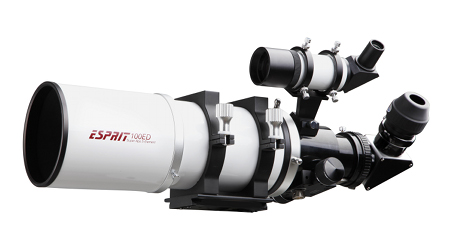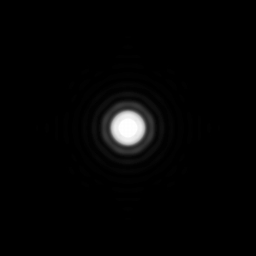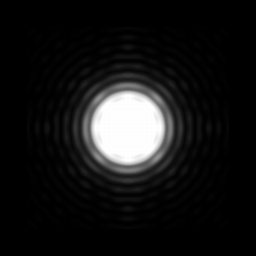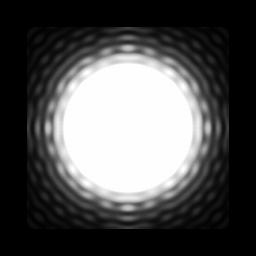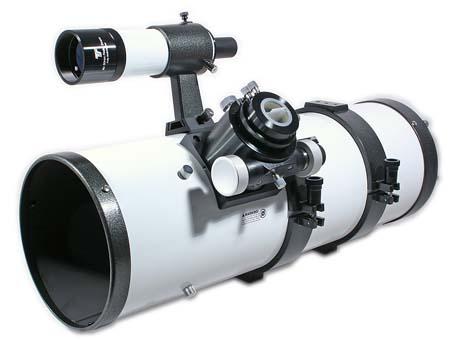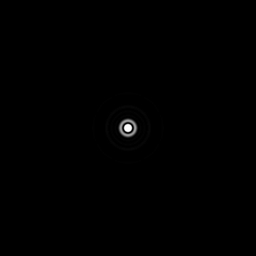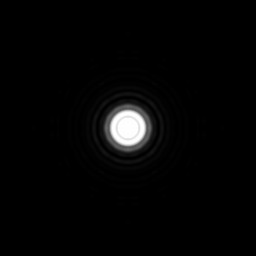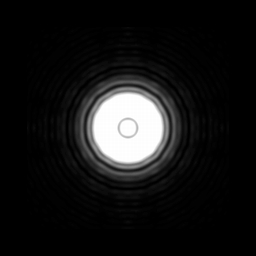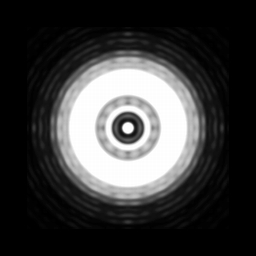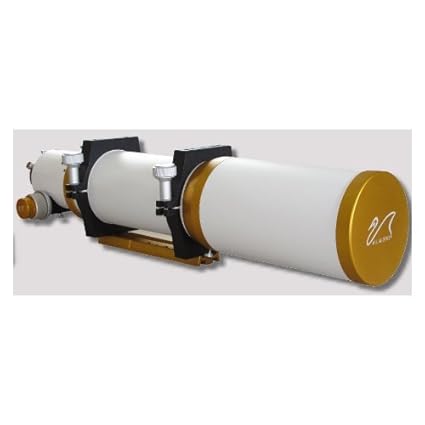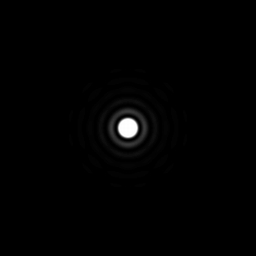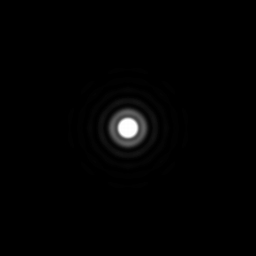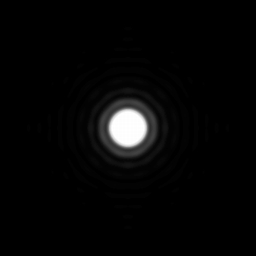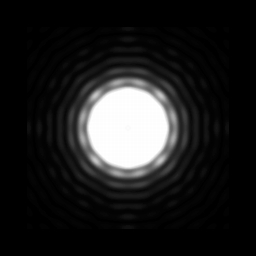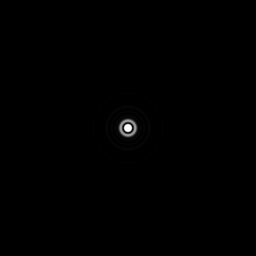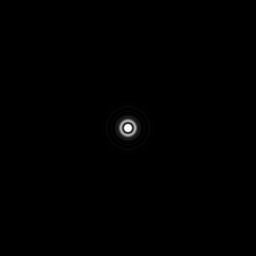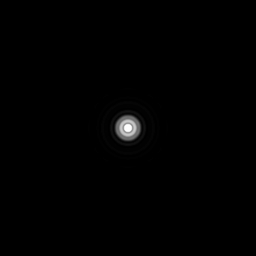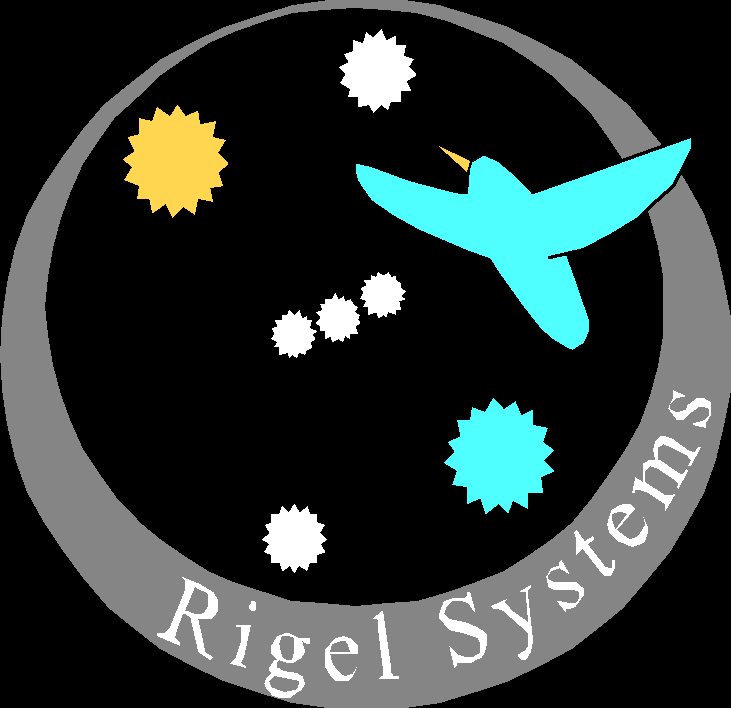
|
AstroFocusInfo |
Just how sensitive is focus to turning the focus knob? VERY!!!! Here's representative examples (calculated with Aberrator V3) for a star will a few 1/100ths of a millimeter out of focus for representative telescope types (disclaimer: these are not actual results for the particular telescopes shown). These examples show how the tightness of the Critical Focus Zone (CFZ) depends upon f-ratio. The CFZ is how far out-of-focus you can be and still get sharp airy-disk-like stars. typical 100 mm (4 inch) f-5 fast Refractor
typical 150 mm (6 inch) f-4 fast imaging Newtonian
typical 90 mm f-7 Refractor
typical 200 mm (8 inch) f-10 Schmidt-Cass
Two things to note from the above ; (1) the shorter the f-ratio the more critical focus is (2) to within a few 1/100ths of a mm! So how little does the focus knob have to turn to change focus by a few 1/100ths of a mm? For a Crayford focuser, a 1° of rotation of the focuser knob will change the focus by about 0.05 mm. So all one has to do is be able to fine tune the focus knob by less than 1°. To expand on it a bit more, here's an equation for the Critical Focus Zone: CFZ = (f-ratio)^2 * 2.2 The ^2 means "squared". The CFZ is how far in microns (1/millionths of a meter) you can be out of focus and still have sharp, airy-disk-like stars. For the fast imaging newt (f-4) the CFZ is 35 microns (0.035 mm, 0.013 inches, 13 mills), ±0.017 mm either side of focus. That's a miniscule ±0.3° turn of the focus knob. Can you adjust the focus knob to within ±0.3° ?? For the typical SCT (f-10) the CFZ is 220 microns (0.22 mm, 0.009 inches, 9 mills), ±0.11 mm either side of focus. That's a relatively comfortable ±12.5° turn of the focus knob. And on a side note, SCTs do have a problem known as "image shift". SCT's focus by moving the big mirror forwards/backwards and the mirror tilts a very very small amount when it reverses directions. Since most focusing is done by twiddling the focus knob forwards/backwards, the mirror tilts back and forth by a very very small amount and the star shifts position in the eyepiece by a few arcseconds; hence the term "image shift". To eliminate "image shift", some observers add a crayford focuser to the back of the SCT. While this eliminates "image shift", it diminishes the relatively comfortable ±12.5° turn of the focus knob on the SCT to a difficult ±2.2° turn of the focus knob on the Crayford focuser. Can you adjust a focus knob to within ±2.2° ??
|
